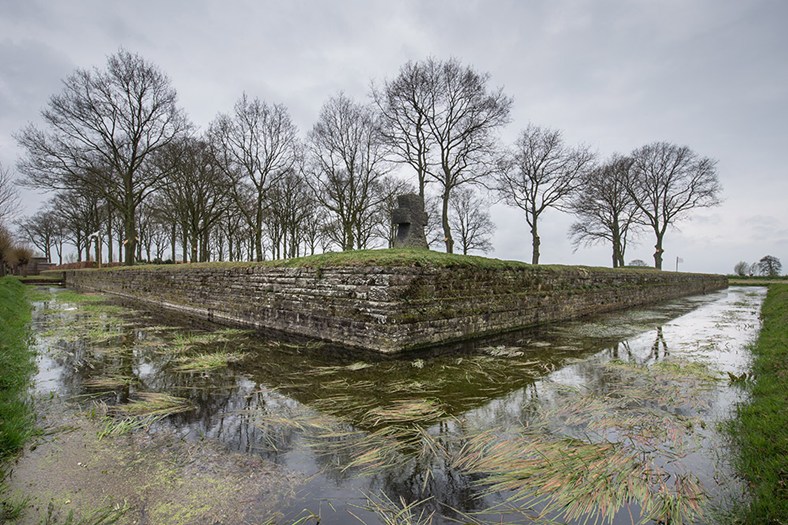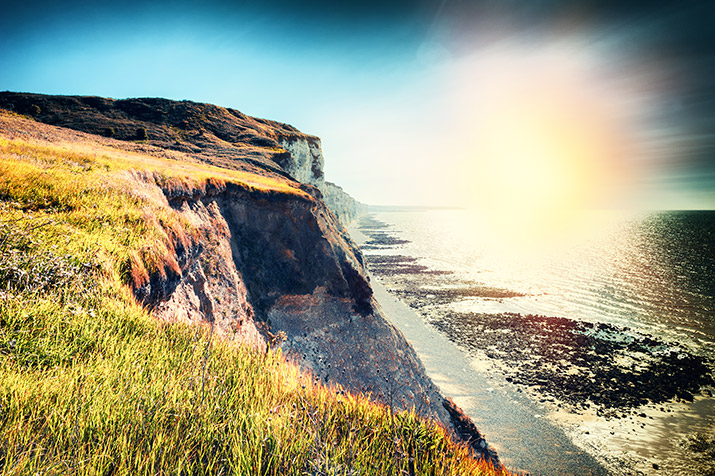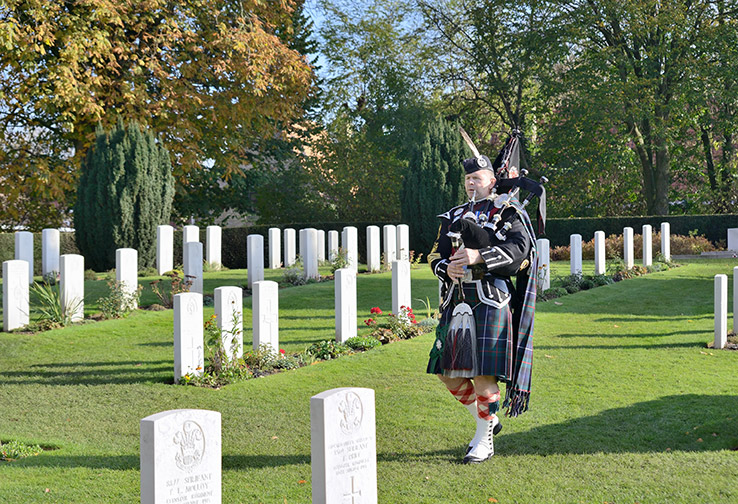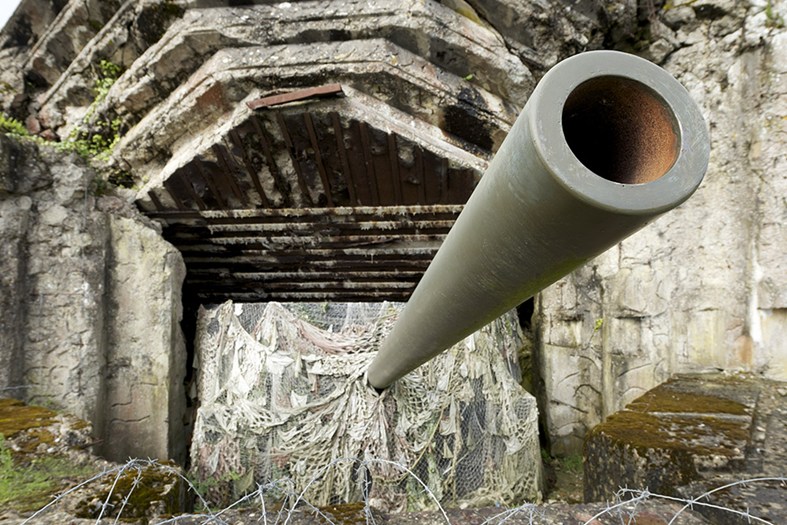BARI, ITALY - At a run-down train station in this Italian port city that hugs the Adriatic Sea, I call my grandfather from a rusty phone box to tell him about my travels through France and Belgium.
“I went to the places you were, too,” he tells me with an exuberance in his voice that I haven’t heard in years.
Our journeys to these places were very different; my grandfather’s were 60 years ago with the 3rd Division Ammunition Company of the Royal Canadian Army Service Corps during World War II.
Some of those places he visited again after the war — some he had completely forgotten about.
“I drove a truck to all those places,” he tells me over the crackling telephone line. “I was delivering ammunition. It’s beautiful country.”
Grandfather travelled between Allied posts — from England to Spain, to France, Belgium, Holland and into northern Germany.
Now I’m walking in his footsteps through Europe.
I meet up with a high school friend in Brussels about a week before this journey begins and together we map out a plan to see important monuments and places from World War I and II.
First stop: Ypres in the heart of Flanders,
We set off early in the morning to the lovely Flemish town that inspired Canadian John McCrae to write the stirring lines to his famous poem “In Flanders Fields” while surrounded by a sea of red poppies.
There are hotels in charming Ypres but I recommend staying in one of the town’s B&Bs, usually run by a Belgium couple or family and where Canadians get a very special welcome.
The B&B Zonneweelde is our choice and we love the cozy beds and breakfast, complete with hard boiled eggs. The breakfast tables are set so guests can eat together and share stories.
There are many tours and walking guides through the World War I battlefields surrounding Flanders and our chests pump out with pride when we visit the memorial to McCrae, where the Lieutenant Colonel from Guelph and his eloquent words are remembered.

Above: A graveyard where German soldiers are buried.
What is most impressive about Ypres, though, is the gratitude of its people, who, almost 100 years after the last battle of World War I, still gather every night around 8 p.m. at the town’s Menin Gate Memorial to honour those lost in battle. Buglers from the local volunteer fire brigade play “The Last Post” and “Reveille,” followed by a moment of silence.
The only time they have not paid tribute to the 54,389 Canadian, British and other Commonwealth country soldiers who died defending this town was between 1940-1944 when German troops occupied Ypres during World War II.
It’s hard not to get choked up seeing a new generation of Belgians showing such respect for Canadians and others from far off lands who laid down their lives so they could be free.
From Belgium we head to France — next stop Normandy.
But first we make a “visit” to Paris where we race from the Gare du Nord station to Gare St. Lazare to catch a connecting train to Normandy. Does 40 minutes in two train stations and the Metro count as a “visit” to Paris?
We make camp in Caen and Bayeux, the delightful northwestern French towns that act as our bases while we tour the nearby D Day battlefields of Juno, Omaha and Utah beaches and Pointe du Hoc.
It’s a dizzying experience looking down from the steep jagged cliffs that drop off onto Omaha Beach where American soldiers landed June 6, 1944.

Above: Cliffs tower over the beaches of Normandy.
I could only imagine how scared the young soldiers were as they looked at the massive cliffs where German soldiers were perched with heavy artillery. Walking into the heavily fortified German bunkers and through the craters created from bombs that were lobbed that day makes my heart heavy.
It’s hard to appreciate the beauty one sees here when you know so many lives were lost on these shores in the struggle to retake France and end Nazi rule of Europe.
Many of the battlefield tours allow you to bus from location to location, including the American Cemetery and Memorial, which is lined with white crosses under which 9,387 Americans lie. We decide to walk between locations, and with each step I wonder if I’m walking in the footsteps of my grandfather.

Above: A piper pays tribute to those who have fallen in battle.
Not to be missed is the Caen Memorial Museum, which highlights important events from the 20th century, beginning with the June 1914 assassination of Archduke Franz Ferdinand, which touched off World War I, through the two great wars and the cold war era and ending with the November, 1989 Fall of the Berlin Wall.
Each exhibit has remarkable memorabilia, personalized stories and audio visual multimedia displays.

Above: Relics of World War II remain scattered throughout Europe.
Spending an entire week focused on the Great Wars can be overwhelming.
So it’s important to inject some light-hearted fun each night, like cooking a meal for your travelling companion. Who knew Provolone cheese is not meant to be put on nachos?
Arriving home, I was able to ask my grandfather more questions and learn more about his five years as a soldier in Europe. His memories of the beautiful landscape and scenery are now the same as mine.
Information
There's a wave of what’s being referred to as “Remembrance Tourism” sweeping across Europe these days and it’s attracting lots of attention from people all over the world. Tourists are following a fascinating trail set up by Liberation Route Europe, a Dutch initiative that retraces the path the Allies took during World War II from southern England, through France, Holland and Belgium and into Germany where they put an end to Hitler’s reign of terror. Although the idea for Liberation Route Europe was started in Holland, many of Europe’s biggest war museums and veterans’ associations have jumped on board and more are ready to join.TraveLife’s Editor-in-Chief Marc Atchison followed the Dutch part of the Liberation Route in late September and will have a full report in our January issue. / For more information on Liberation Route Europe:
htttp.//www.liberationroute.com / For information on Holland, go to
www.holland.com